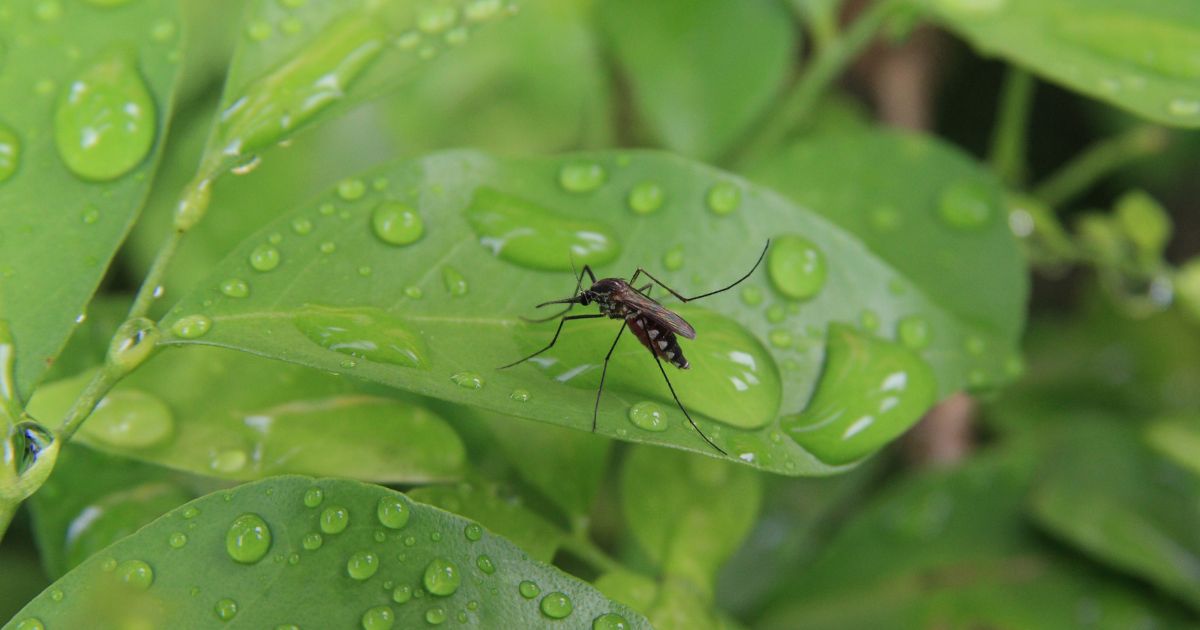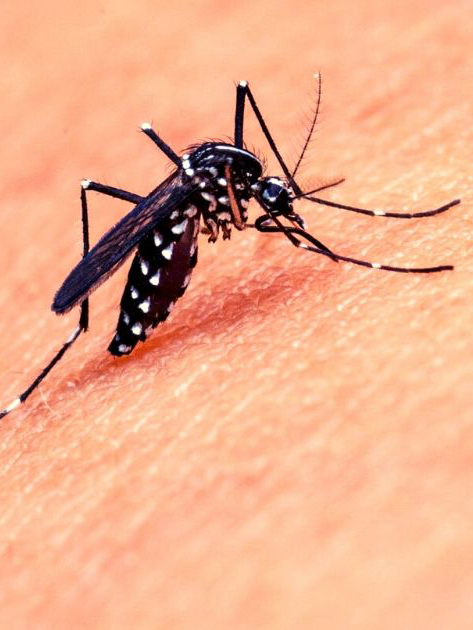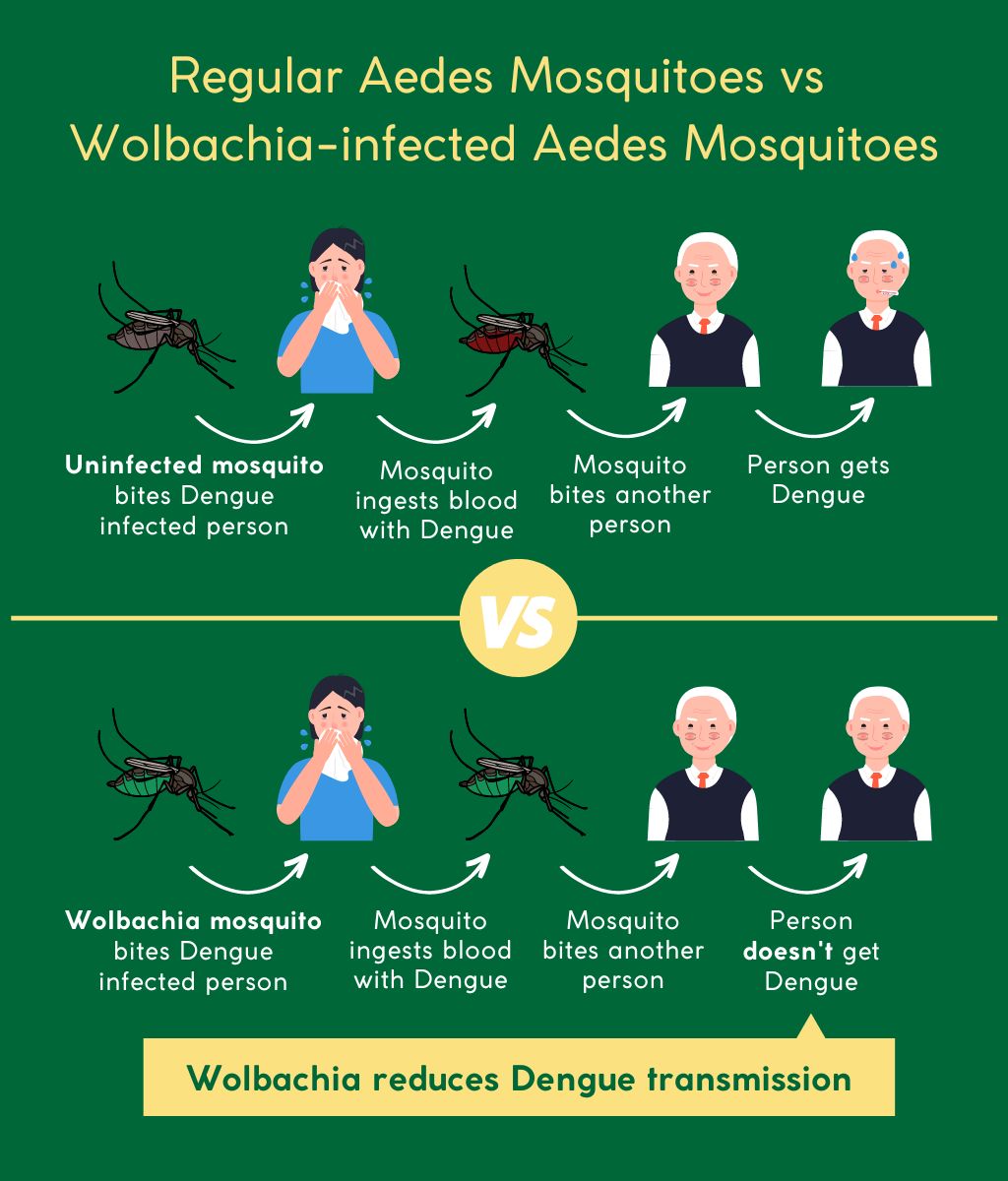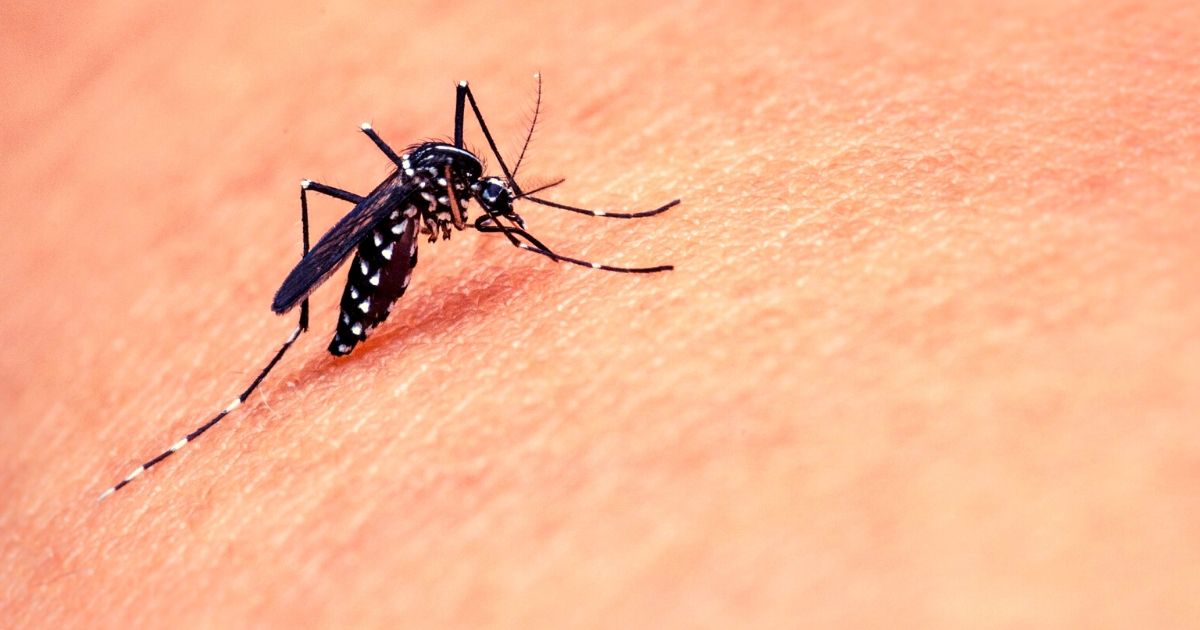What is the Wolbachia Project? An Overview of Singapore’s Mosquito Breeding Project

Have you ever heard of the Wolbachia Project? It is a collaboration between various organizations including the World Mosquito Program and Singapore’s National Environment Agency (NEA). The Wolbachia Project is meant to control the Aedes mosquito population by breeding mosquitoes. Sounds confusing, right? In this article, we are going to break down what the project entails and if it is useful.
What is the Wolbachia Project?
Various countries in the world including Singapore are faced by health challenges due to mosquitoes. The Aedes aegypti mosquito is the biggest troublemaker. This type of mosquito bites human beings and can thereby transmit diseases including:
- Dengue fever
- Zika virus
- Chikungunya
Hence, it is important to find ways to suppress the Aedes mosquito population. The Wolbachia Project is an attempt to do just that.
Wolbachia is actually a bacterium that is naturally present in half of all insects. This includes certain types of mosquitoes, but not the harmful Aedes mosquito. The bacterium is transmitted from the female to her offspring. The effect is that the reproductive capacity can get limited, such as male insects becoming sterile.
What is the purpose of the Wolbachia Project?
The main goal of the project is to breed and release male Aedes mosquitoes that are infected with Wolbachia to reduce the amount of mosquitoes that carry and can transmit infectious diseases.
The project is not that old, as it was only launched in 2017 in a variety of countries including Singapore.
The project is especially interesting for Singapore as the majority of mosquitoes are the Aedes variety, which makes it a big health threat for the country. The project does appear to have had some success and the NEA has continued to apply the Wolbachia strategy.
The number of male Wolbachia-Aedes mosquitoes that are reared on a weekly basis is around 5 million, which means more than 250 million mosquitoes per year.

Wolbachia Mosquito Suppression Strategy
It’s probably still confusing how breeding mosquitoes can actually help reduce infectious diseases. Let’s explain it in simple words.
Female mosquitoes have a huge reproductive capacity. One female mosquito can lay 200-300 eggs each time she reproduces. The hatching of eggs only takes about 2-3 days. In a lifetime, a female can go through this process 5 times. That means one female mosquito has the capacity to breed up to 1500 mosquitoes in a short amount of time. Imagine how many Aedes mosquitoes carry Dengue, Zika and other potentially deadly diseases.
One strategy to reduce disease-carrying mosquitoes is to suppress or limit the reproductive capacity of females. This is where the Wolbachia-males come in. Remember that Aedes mosquitoes don’t naturally carry the Wolbachia bacteria. But the mosquitoes that are reared through the Wolbachia Project do carry the bacteria.
The Wolbachia Project only focuses on raising male Wolbachia-carrying Aedes mosquitoes. Then, once they are ready to be released at sites in Singapore that have a lot of mosquitoes, the male mosquitoes try to mate with the females. But now, due to the presence of the Wolbachia bacteria, the eggs do not hatch.
The result is that the female is not able to rear hundreds of mosquitoes, hence the mosquito population decreases. Reports from the NEA declare that some study sites have seen a reduction of Aedes mosquitoes of up to 98%.

3 stages of the Wolbachia mosquito breeding project
There are 3 stages involved with the Wolbachia mosquito breeding project, namely:
- Rearing: Male Aedes aegypti mosquitoes are reared in a controlled environment in a lab and get infected with Wolbachia.
- Release: The male Wolbachia-infected mosquitoes get released in Singapore where there is high number of mosquitoes. The strategy is for males to outnumber the females.
- Monitoring: The impact of the strategy is assessed and monitored, for example by measuring the incidence rate of dengue.
Interesting Fact: Wolbachia is a naturally occurring bacteria found in up to 60% of insect species, but it is not typically found in the Aedes aegypti mosquito, which is responsible for transmitting human viruses like Zika, dengue, and chikungunya.
Is the Wolbachia bacteria safe for humans?
The World Mosquito Program reports that – based on three independent assessments – the risk of the Wolbachia bacteria for humans is minimal. Animals and the environment also appear to be safe when encountering Wolbachia.
Conclusion
Aedes mosquitoes pose a huge challenge in Singapore, and innovative approaches are required to help suppress their presence. The Wolbachia Project is one of many approaches that appears to have had success. Singapore will continue to develop innovative solutions by using advanced technologies with the goal of reducing the presence of infectious diseases such as Dengue and Zika.
Author: Soleha Nisaa
Frequently Asked Questions
Wolbachia was first discovered by two American scientists, Marshall Hertig and S. Burt Wolbach, in the reproductive tissues of the mosquito Culex pipiens.
Wolbachia is important because of its potential for disease control, and environmental protection, its impact on evolutionary studies, and its use in medical research. In particular, Wolbachia has been found to significantly reduce the transmission of diseases, and can also be used for biological control of pests such as fruit flies, which can damage crops.
Wolbachia can take several generations to spread through a mosquito population. Typically, it is introduced through the release of Wolbachia-infected males, which mate with uninfected females. Over time, the proportion of infected mosquitoes increases until it reaches a stable equilibrium.
Yes, Wolbachia has been shown to reduce the transmission of other mosquito-borne diseases, including chikungunya and malaria. It is currently being tested as a potential tool for controlling these diseases as well.





